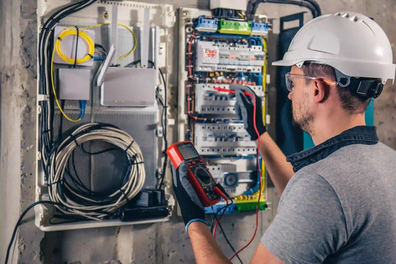
Radio Frequency Identification Device Specialists
| Median Wage (USD, 2024) | Projected Job Openings (2023-2033) | Projected Growth (2023-2033) | |
|---|---|---|---|
| National Statistics | $127,590 | 6500 | 9.1% |
| State Statistics | - | - | - |
| City Statistics | - | - | - |
Design and implement radio frequency identification device (RFID) systems used to track shipments or goods.